Stuck in the Squares: Wyoming’s Checkerboard Horse Fight Drags On
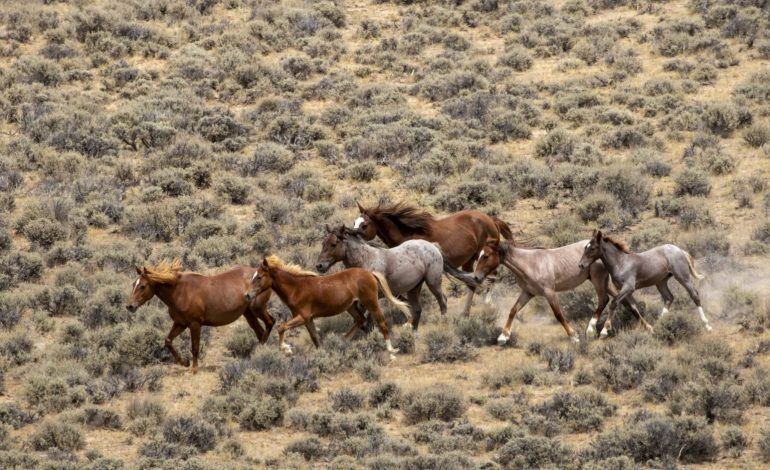
The original story by for WyoFile.
Letting a free-roaming, nonnative animal wander a vast, largely unfenced landscape that mixes millions of acres of private and public ground was always going to be messy. In Wyoming’s Red Desert, it’s become a decades-long brawl with no end in sight.
In August 2024, a dozen wild-horse watchers perched on a ridge near White Mountain heard the news: a federal judge said the Bureau of Land Management could wipe out two entire herds and part of another across 2.1 million acres of checkerboard country.
“Argh, oh crap,” sighed Cheyenne photographer Robyn Smith.
More than 3,000 horses, US District Judge Kelly Rankin ruled, could go.
Those herds still roam today — and they’ve grown. Court fights, which have defined the last 54 years of Red Desert horse management, hit pause again. As numbers keep topping targets, frustration rises and compromise keeps stalling out. The result: stalemate.
Southwest Wyoming’s checkerboard is a 40-mile-wide band where one-square-mile blocks of private land and BLM land meet at the corners. Fences are sparse. Horses drift on and off private parcels daily, enraging livestock producers while tying BLM in legal knots. The Wild Free-Roaming Horses and Burros Act says the agency must maintain horses on federal land — but also remove strays from private land “as soon as practicable.” That contradiction is the heart of the mess.
Before Congress stepped in back in 1971, ranchers in the Rock Springs Grazing Association managed horses themselves — often sending excess animals to slaughter. Advocates like Velma “Wild Horse Annie” Johnston pushed through protections that banned capture for sale and declared the animals symbols of the West. After the act, BLM mapped 179 herd management areas (HMAs) across nearly 32 million acres and set population goals, including nine HMAs in the Red Desert/Green River Basin — some riddled with checkerboard parcels.
Unchecked, horse herds can grow about 20% a year. By the late 1970s, the Rock Springs association sued to force action. A settlement capped four herds at 1,600 total. It took until 1985 to get near that number — at great cost — and numbers quickly rebounded between roundups.
Advocates like Christi Chapman blame two things: constant litigation and not enough funding. Helicopter gathers are expensive, but the real money pit is long-term care. Some horses are adopted; most live out their days in holding, a bill north of $100 million a year.
In 2010, fed up ranchers revoked consent for horses on private checkerboard lands. BLM moved to remove entire herds — including from public squares within the checkerboard. That’s rare. As attorney Bill Eubanks notes, BLM has “zeroed out” herds only twice, and only when landscapes flat-out couldn’t sustain them.
In 2016, the 10th Circuit slapped BLM for treating the entire checkerboard as if it were private, telling the agency to find a lawful way to balance horse protection and rangeland health. BLM regrouped, gathered horses, and by late 2024 estimated just under 3,700 remained after earlier counts near 4,700.
Across the West, free-roaming horse numbers have climbed toward 75,000 — about triple BLM’s target. Biologists in Nevada say horses now out-eat native ungulates combined in some places. In Wyoming, researchers tied overpopulated herds to sage-grouse habitat damage. Chapman has seen drought winters turn brutal:
“We found families of horses dead within feet of each other.”
Horse advocates push back, calling equine blame a red herring meant to distract from livestock impacts. Stock growers counter that every other large herbivore is actively managed — through harvest or seasons—while wild horses legally are neither livestock nor wildlife, leaving BLM with a tiny toolbox.
To answer the courts, BLM drafted a big fix: erase the Great Divide Basin and Salt Wells Creek herds and lop off the checkerboarded northwest corner of Adobe Town — areas that are 48%, 72%, and 42% checkerboarded, respectively. Fencing out horses? Not feasible. Land swaps to consolidate public and private? No willing partners, BLM said.
Judge Rankin initially upheld the plan in August 2024, recognizing BLM’s bind: it must remove horses from private land but can’t realistically fence them onto public squares. Advocates appealed — and in summer 2025 the 10th Circuit again halted roundups, saying BLM hadn’t shown that erasing horses from public checkerboard lands was necessary to achieve the act’s core mandate: a “thriving natural ecological balance.”
BLM briefly signaled it would proceed anyway, triggering fresh lawsuits. The agency now says no mass removals before summer 2026. Meanwhile, the horses stay put.
Advocates warn that if BLM can eliminate herds because of intermingled private lands here, the argument could spread; virtually every HMA has private inholdings. Ranchers, for their part, say patience is gone: either hit agreed-upon numbers and keep them there, or remove the herds.
Some say BLM shrugged off the one fix that could actually work: land exchanges to consolidate ownership so horses live on solid blocks of public land and are quickly moved off private when they stray. Eubanks notes BLM does big land swaps for other purposes.
“Not one time,” he says, “has BLM even explored the idea here.”
For now, the Red Desert remains stuck. The 10th Circuit told BLM to square its plans with ecological balance, but the agency’s own analysis says forage, water, cover and space aren’t limiting. No one’s showing their cards on next steps, and more litigation seems inevitable.
As Chapman puts it:
“It’s been a standoff for 15 years.”
In a landscape built from alternating squares, the fight over wild horses is still going in circles.


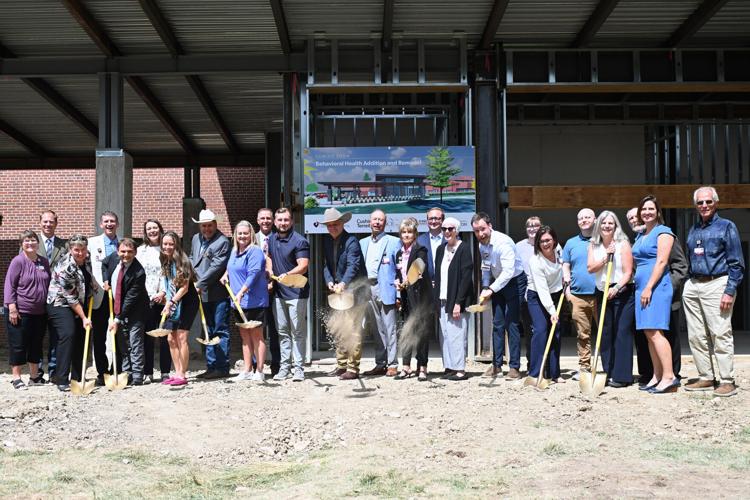

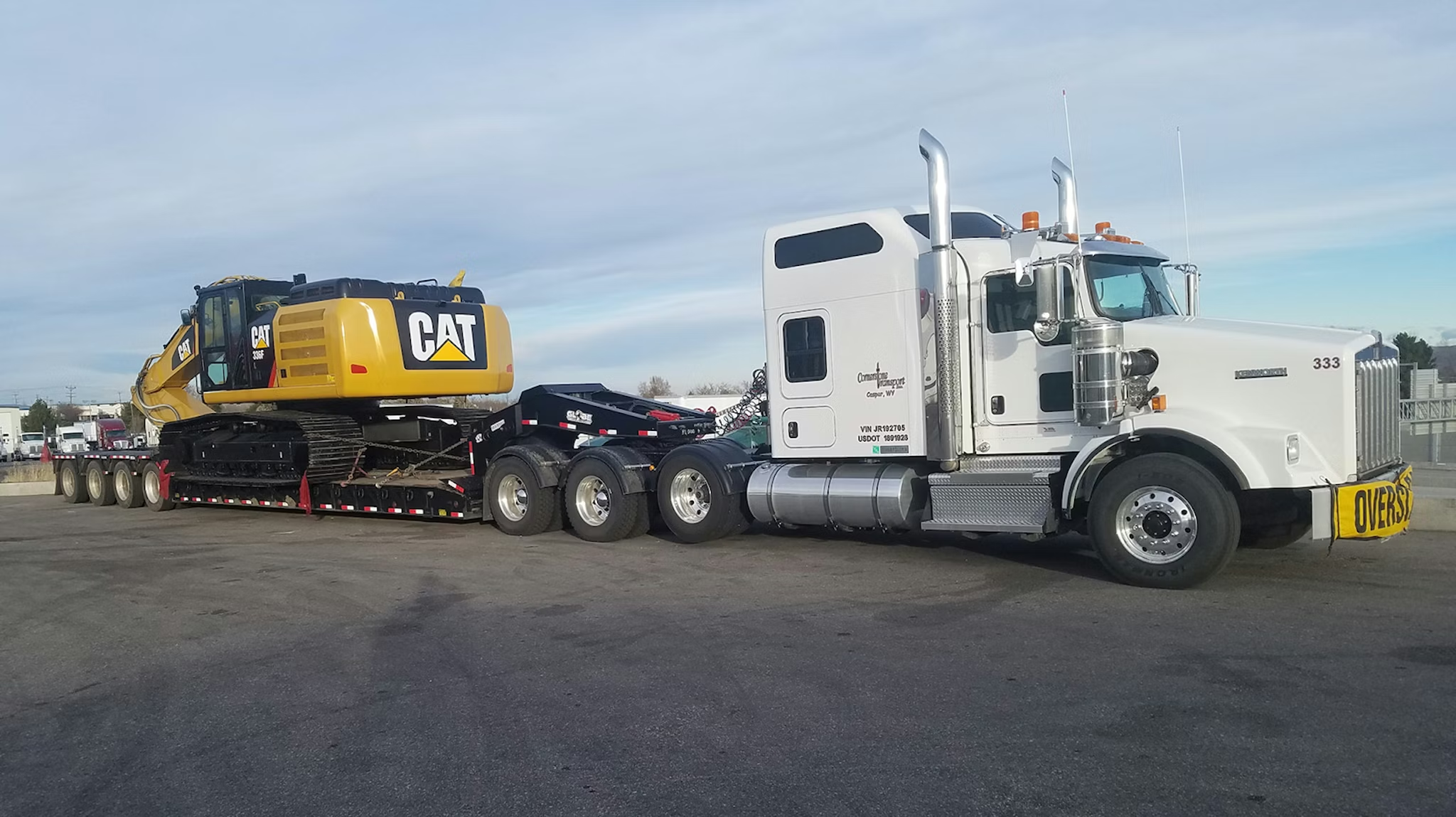

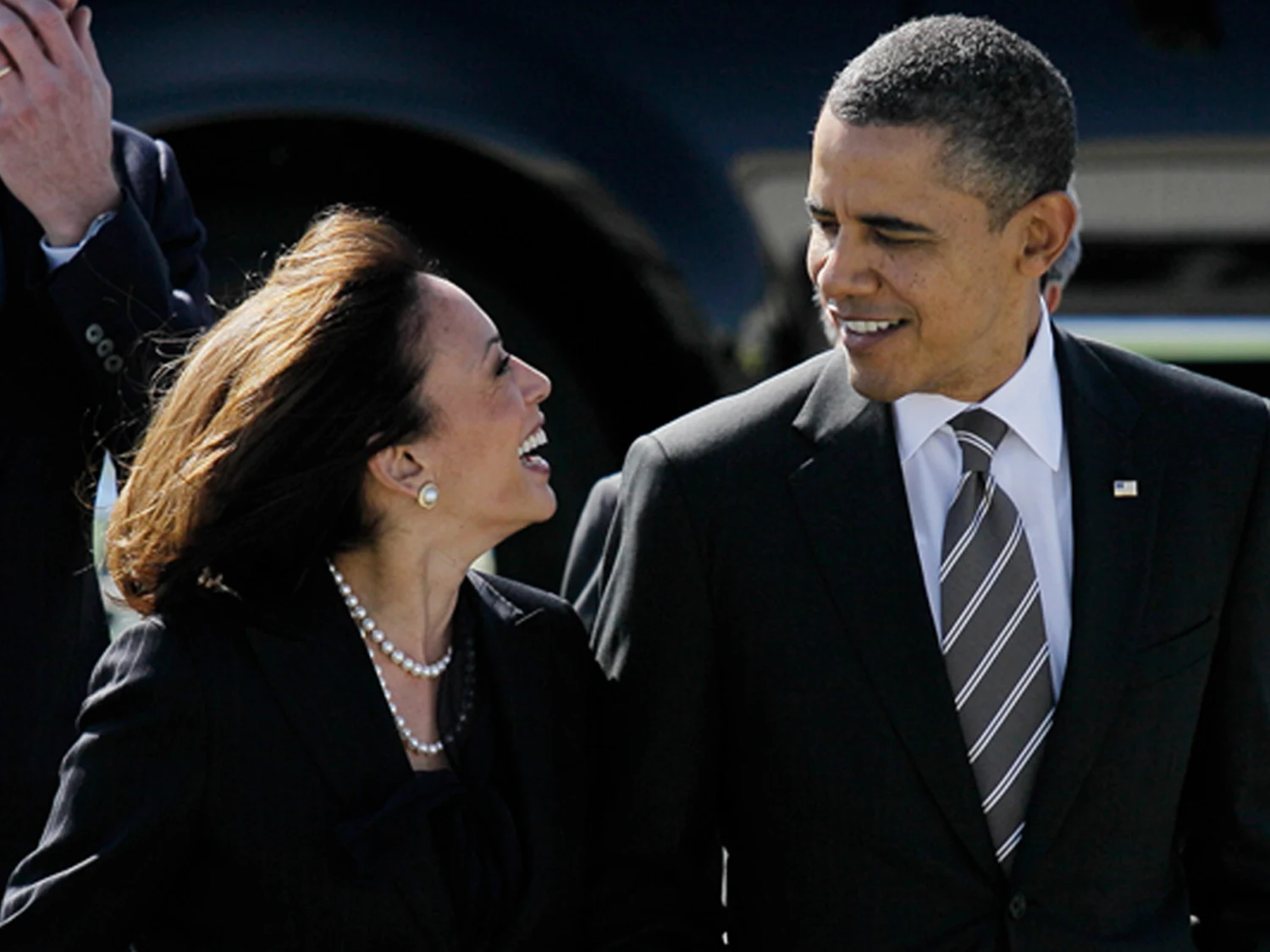
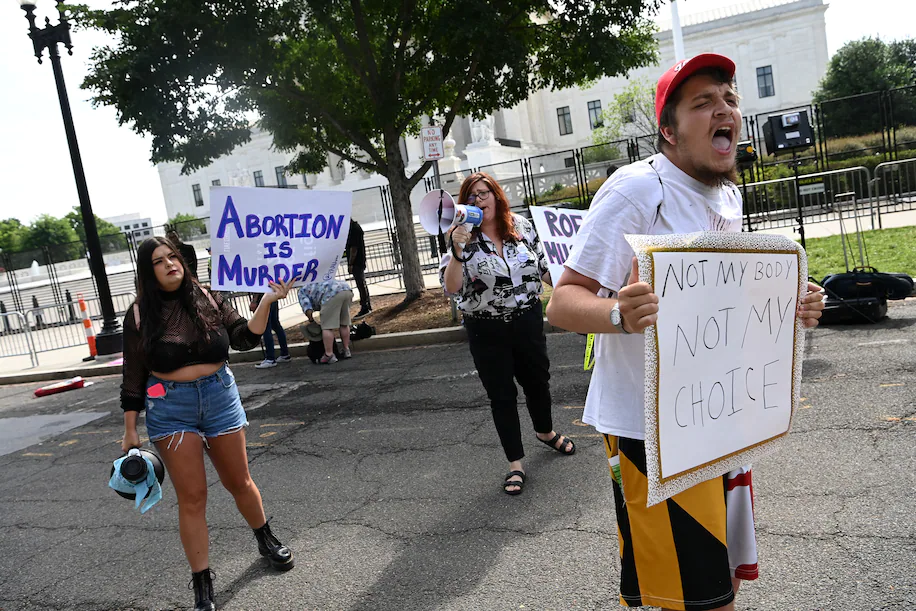

The latest news in your social feeds
Subscribe to our social media platforms to stay tuned